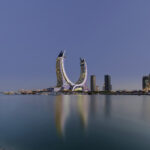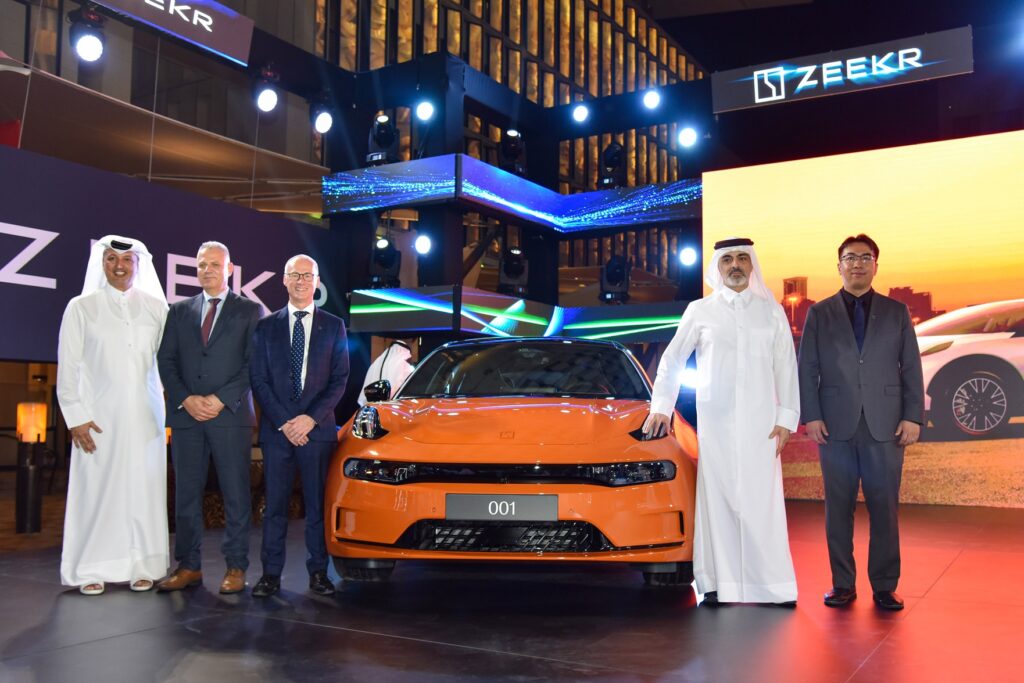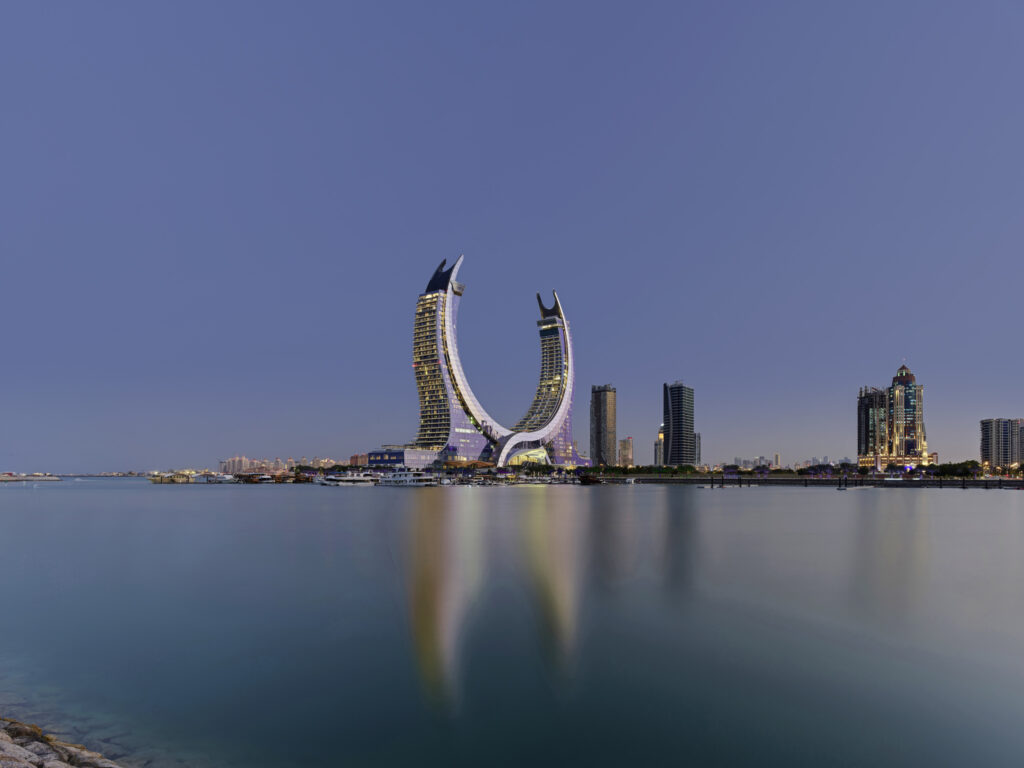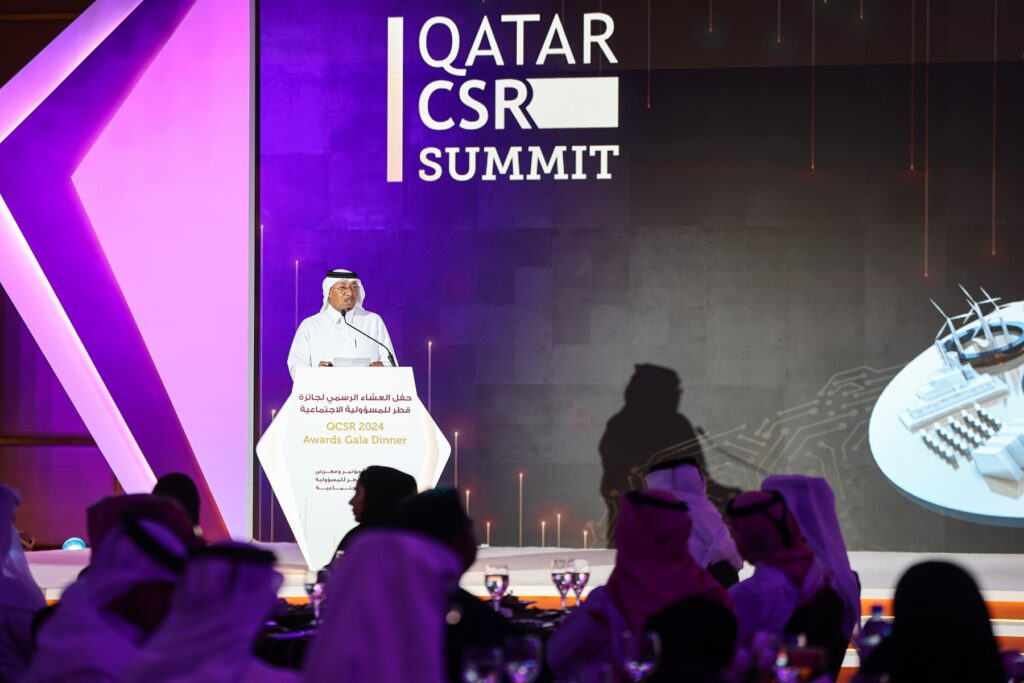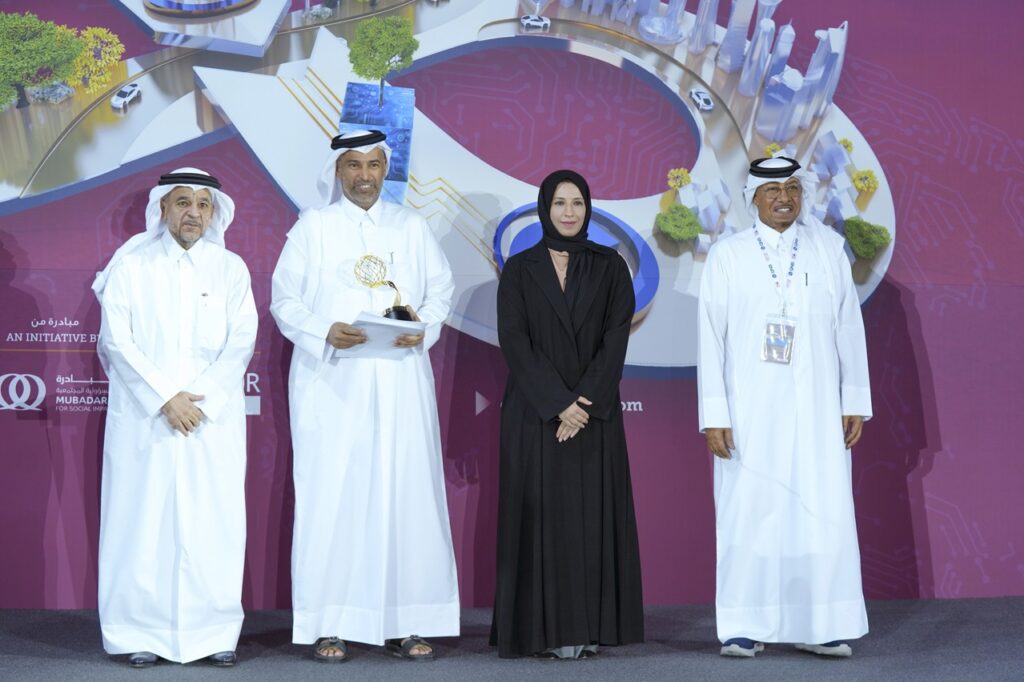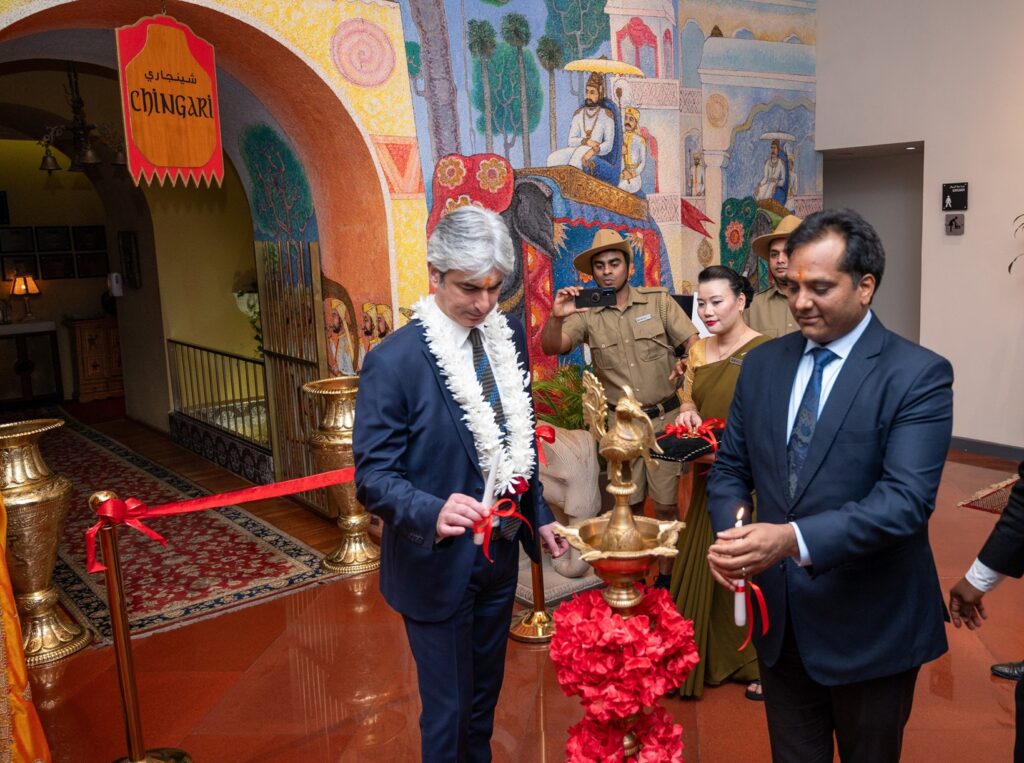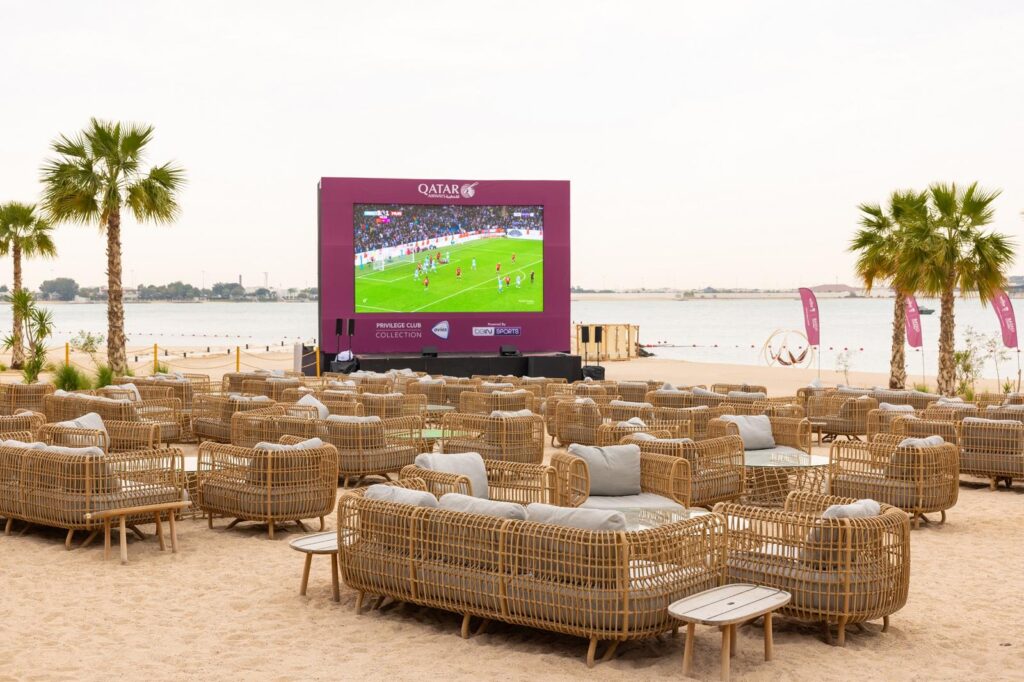Thousands of large-scale events unfold globally every day, serving as catalysts for cultural and knowledge exchange, collaboration and mutual development. However, the same events also leave an irreversible environmental footprint through their carbon emissions, writes Dr. Yousef Alhorr*.
While the carbon intensity of large-scale events is a global concern, MENA’s events industry faces additional region-specific challenges stemming from several factors. These include reliance on traditional fossil fuels given the hydrocarbon-rich nature of economies; and the need for cooling considering the region’s hot climate. Additionally, the reliance on desalination for freshwater in many MENA countries adds another layer to the carbon footprint even before the event begins.
To address the issue, the Green Events Tool (GET) emerged as a tripartite initiative where GORD developed the online portal based on the framework and structure conceived by the United Nations Framework Convention on Climate Change (UNFCCC) and UN Environment Programme (UNEP). GET can assess upstream and downstream components of events to quantify their carbon emissions, while also providing organisers with ways to improve environmental performance.
Since its inception in 2021, GET has been deployed across 55 countries, facilitating carbon footprint calculation for about 250 events worldwide, involving over 5 million participants. Key users of GET include UN, intergovernmental and international organisations such as European Commission, European Parliament, International Civil Aviation Organization, UNDP, UNFCCC, WTO and World Bank Group; sports governing bodies including World Rugby, Green Sports Alliance Japan and Australian Olympic Committee; leading corporates such as ElringKlinger and Daikin Europe; and universities including Strathclyde University, University of Tsukuba and University of New South Wales.
GHG emissions profile
With the GET online portal accessible to the public, the tool can help calculate the carbon footprint of any event, irrespective of its size, nature and geographical location. This web-based platform assists event planners in methodically documenting the greenhouse gas (GHG) emission profile and sustainability effects of their proposed events during the planning phase. The estimation of emissions helps the interested event organisers in making their event carbon neutral and contributing to the cause of global climate action, as per the Paris Agreement.
In the MENA region, where sustainable practices are gradually gaining traction, awareness and regulations concerning sustainable events are still evolving. Against this backdrop, GET holds the transformative potential to significantly minimise events’ environmental impact. That said, the true success of GET, like any other green solution, hinges on its adoption by the organisations and businesses concerned.





